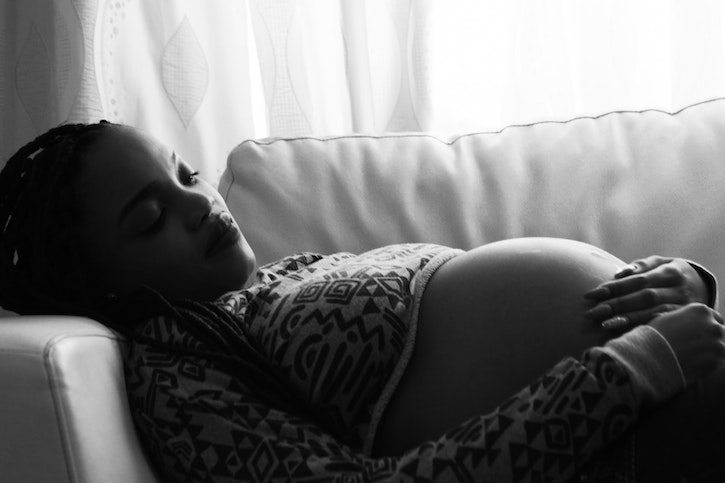In the final stages of your pregnancy, you can expect to experience contractions. While contractions don’t feel particularly pleasant, they are what will help you during labour to bring your beautiful baby into the world.
The world of contractions can be confusing. To make things a little more simple, check out our guide to the six types of contractions you will experience during pregnancy.
Braxton Hicks
Braxton Hicks contractions can be seen as “warm-up” contractions that will start occurring in the second trimester. You can expect to experience quick hardening or tightening towards the front of the uterus. While they are totally normal, they can also be brought on by exertion or dehydration, so make sure you are resting well and drinking lots of water.
Early labour contractions
Early labour contractions can be easily compared to the cramping feeling you experience during your period and signifies that your baby is almost ready for delivery. Usually, these contractions are intermittent and variable and take place between five and twenty minutes apart. You should still be able to participate in other activities while you experience these contractions and should not feel alarmed. There is no reason to be rushing to the hospital just yet.
Active labour contractions
Things will begin to pick up in active labour, and your contractions will start coming closer together, to about four to five minutes apart and lasting around thirty seconds to one minute. When active labour contractions begin to occur, it is a good idea to get comfortable in your chosen place of birth. Expect that these contractions could be relatively painful towards the front and back of your uterus, and you may require additional emotional or physical support.
Transition contractions
Transition contractions mean that your baby is well and truly on the way, and this is often the most challenging part of the birthing process. During this time, your cervix changes from 8-10 centimetres. Transition contractions are strong and last up to two minutes, with short breaks in between. Often, they are accompanied by large amounts of pressure in the vagina and rectum. During transition contractions, you may experience shaking, vomiting, chills, and the need to yell or even scream. Always remember that there is a support network around you, ready to help in any way they can.
Pushing contractions
During the pushing stage, you will most often feel a strong sensation that you need to poop during and in between contractions. Contractions will slow down during this stage, allowing you some time to rest and pushing may even provide you with some relief. However, be prepared for how physically taxing the pushing stage can be. But remember, it is totally worth it when you finally deliver your bundle of joy.
Post-birth contractions
Often, women do not expect to continue experiencing contractions after the baby is born. Not only are contractions needed to expel the placenta immediately after the baby, but the uterus will continue to contract after birth, as it returns to its pre-pregnancy size. Breastfeeding can trigger post-birth contractions, as well. Known as after-pains, they are at their most active two to three days after birth. Allow yourself time to rest and recover from all of your hard work.
If you have any questions regarding the different types of contractions and how they will impact you, or would like to book an appointment, please do not hesitate to get in touch.
Dr Bevan Brown is one of the most trusted obstetricians in Sydney and will be thrilled to give you complete and compassionate care in every way possible.
